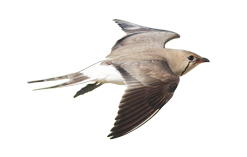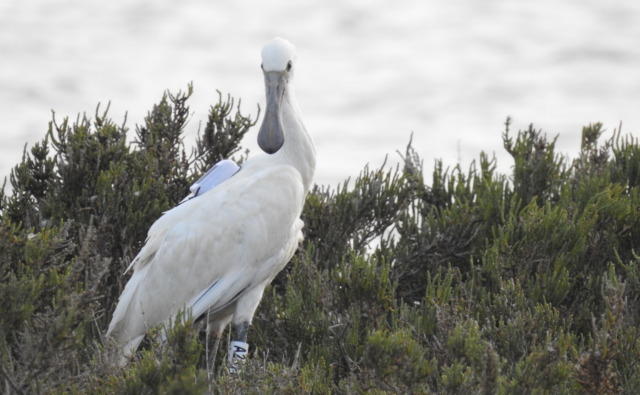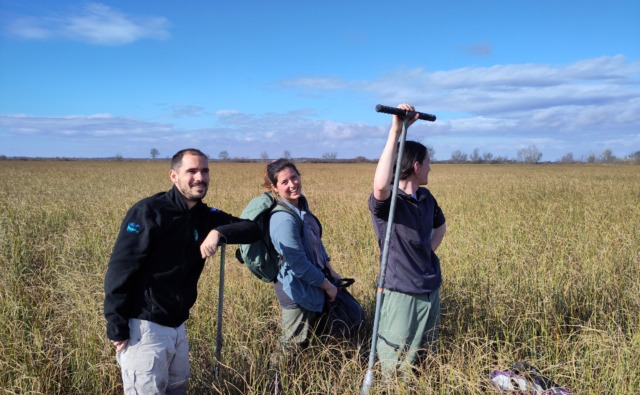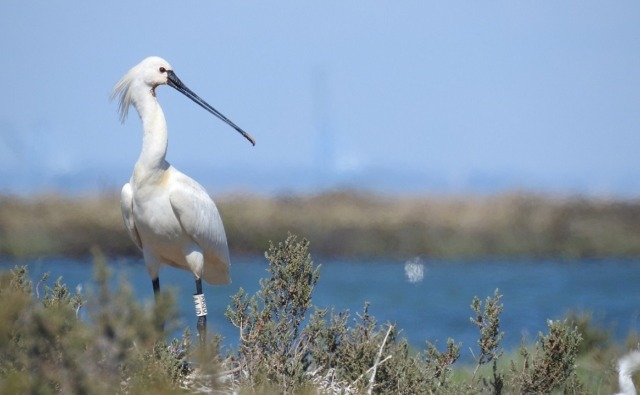European Pond Turtle population dynamics on the Tour du Valat estate
Objective
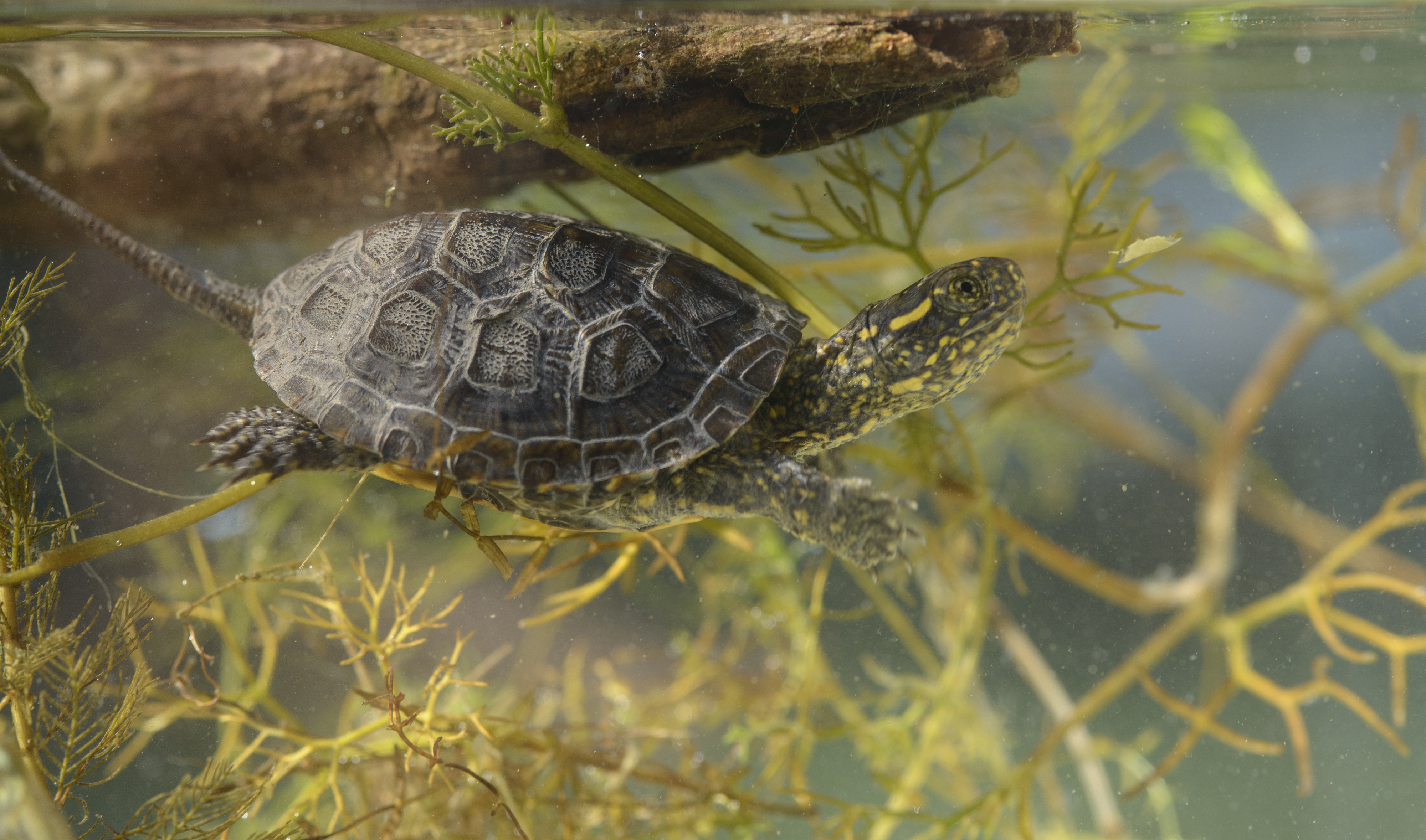
The aim of this project is to identify the mechanisms that affect the population dynamics of the European Pond Turtles living on the Tour du Valat estate. We are particularly interested in measuring and monitoring the values of key demographic parameters such as age, sex ratio, survival, dispersal, growth, and age at time of first reproduction, as well as the effects of climate change (management techniques, climate, and water quality) on this aquatic turtle species that is threatened in France, and for which the Camargue is a major site.
Actions and methodology
This project is based on a long-term study that was begun in 1997 by Elisabeth Rosecchi, prior to which several dozen European Pond Turtles had been marked by Alan Johnson as of 1976. Every year a capture-mark-recapture (CMR) campaign takes place from April to August on the Tour du Valat estate. The turtles are captured with fyke nets, and are individually marked by incisions on outer plates of their carapace (scutes). By the end of 2017, nearly 1200 turtles had been marked at the Tour du Valat in the course of 9500 captures.
Results
Due to the significant length of this study, which is unique in France, it has enabled us to achieve the following results:
- an estimation of adult survival rate, which is still not really available for this species. For example, adult females of this population have a 97% rate of survival from one year to the next;
- a demonstration that females are highly faithful to the site where they were born, and, on the contrary, the long distance of dispersal (up to 18 km) of some adult males;
- the discovery of the genetic isolation of two populations, even though they are very close to each other (1 km) on the Tour du Valat estate;
- the observation of the high resilience capacity of this species in response to management changes;
- the confirmation that it is possible for some females to lay eggs three times during the breeding season;
- the discovery of a very important community of Epizoic algae (77 species), which are attached to the shells of these turtles.
In addition, the volume and quality of the data gathered enable the population size and survival estimates to be calculated on a regular basis, so as to be sure of the good conservation status of this species in line with the Tour du Valat Regional Nature Reserve management plan objectives.
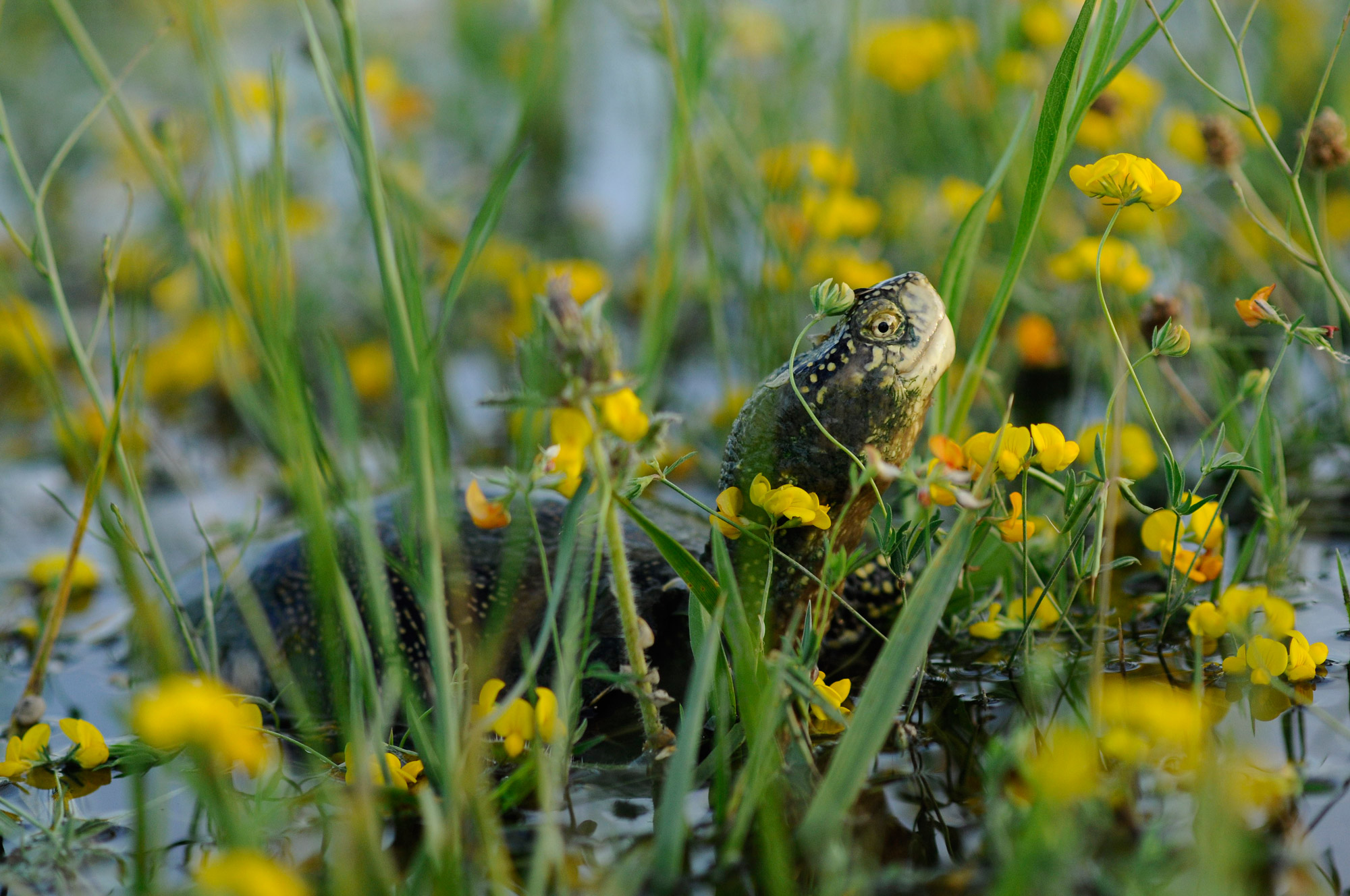
Team
- Project leader: Anthony Olivier
- Staff involved: Marion Vittecoq, Arnaud Béchet
- Themes: Species Conservation & EcoHealth
- Date project started: 1997
Partners
Technical
- CNRS – Centre d’écologie fonctionnelle et évolutive (CEFE) Montpellier
- CNRS – Chizé Centre for Biological Studies
- École Pratiques des Hautes Études (EPHE) Montpellier
- UMR Methis -Sorbonne Université
- Aix-Marseille Université
- Université de la Rochelle – Laboratoire LIENSs
- Laboratoire d’hydrobiologie de la Direction régionale de l’environnement, de l’aménagement et du logement (DREAL) PACA
- Université El Tarf (Algeria)
Financial
Publications
Brochures and books
- Gauthier-Clerc M., Olivier A. & Peridont J. 2011. Cistude d’Europe en Camargue. Plaquette Tour du Valat. 19 p. (lien)
- Olivier A. & Cheylan M. 2013. La Cistude. In : Blondel J., Barruol G., & Vianet R. Encyclopédie de la Camargue. Buchet-Chastel. 82.
Articles
- Samira F., Rouag R., Ziane N., Olivier A., Béchet A. & Benyacoub S. 2018. Population structure and body size of the European pond turtle (Emys orbicularis) in the Lake Tonga, Algeria. Russian Journal of Herpetology, 25 (2):88-96.
- Arsovski D., Olivier A., Bonnet X., Drilholle S., Tomovic L., Béchet A., Golubovic A. & Besnard A. 2018. Covariates streamline age-specific early life survival estimates of two chelonian species. Journal of Zoology, 306 (4): 223-234.
- Olivier A., Barbraud C., Rosecchi E., Germain C. & Cheylan M. 2010. Assessing spatial and temporal population dynamics of cryptic species: an example with the European pond turtle. Ecological applications, 20 (4): 993-1004.
- Ficheux S., Olivier A., Fay R., Crivelli A., Besnard A. & Béchet A. 2014. Rapid response of a long-lived species to improved water and grazing management: the case of European pond turtle (Emys orbicularis) in the Camargue, France. Journal for nature conservation. 22 (4), 342-348.
- Fayolle-Sana S., Moriconi C., Oursel B., Koenig C., Suet M., Ficheux S., Logez M. & Olivier A. 2016. Epizoic algae distribution on the carapace and plastron of the European pond turtle (Emys orbicularis, Linnaeus, 1758). A study from the Camargue, France. Cryptogamie-algologie, 37 (4): 1-12.
- Samira F., Rouag R., Ziane N., Olivier A., Béchet A. & Benyacoub S. 2017. Prevalence of Placobdella costata (Fr. Mûller, 1846) (Hirudinida: Glossiphoniidae) on the European pond turtle (Emys orbicularis) in the North-East of Algeria. Herpetology notes, 10: 3-8.
- Héritier L., Valdeón A., Sadaoui A., Gendre T., Ficheux S., Bouamer S., Kechemir-Issad N., Du Preez L., Palacios C. & Verneau O. 2017. Introduction and invasion of the red-eared slider and its parasites in freshwater ecosystems of Southern Europe: risk assessment for the European pond turtle in wild environments. Biodiversity and Conservation 26: 1817–1843.
